At our first D.Talks of the year, Design Solutions to Address Homelessness, Stephany Ashley, from Tipping Point, Kris Kepler from Lava Mae and Brian Singer, artist and designer, spoke with moderator Josh Levine, from Great Monday about the challenges of the homeless epidemic. In contrast to other talks we have that center around the nuances of design, this one went in a different direction: how can we better understand a problem and what role does and can design play.
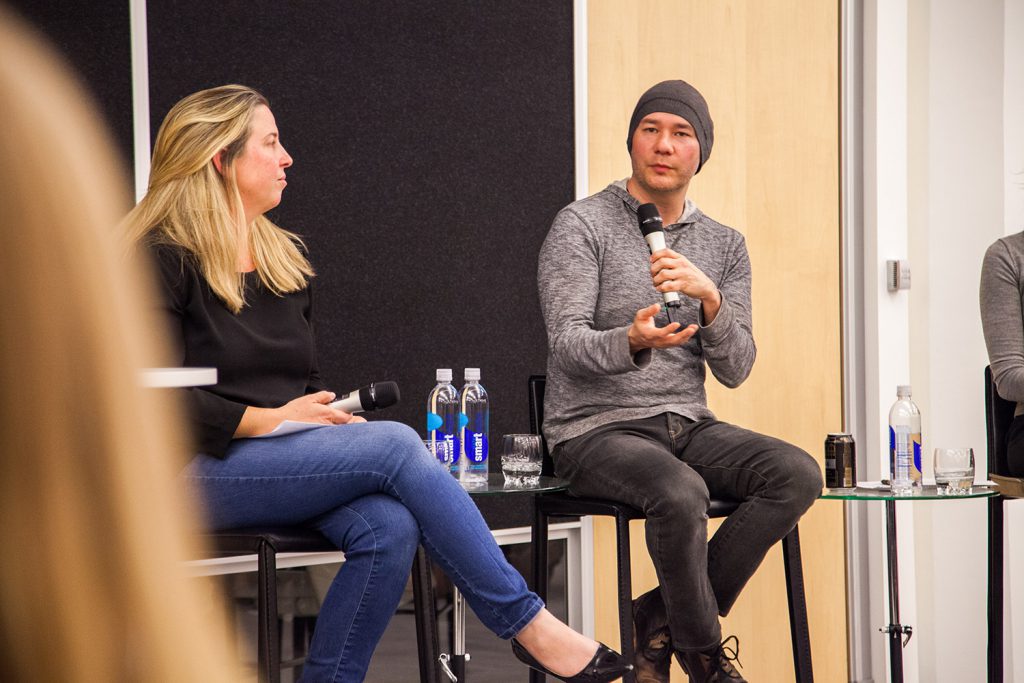
We discussed the defunding of many federal policies and learned that 39% of chronically homeless adults in San Francisco were formerly youth in the foster care system and that foster care, mental health, and criminal justice systems are the three biggest drivers of chronic homelessness in San Francisco. But most importantly, we discussed how we can help create solutions that will make lasting change. Here are our three takeaways.
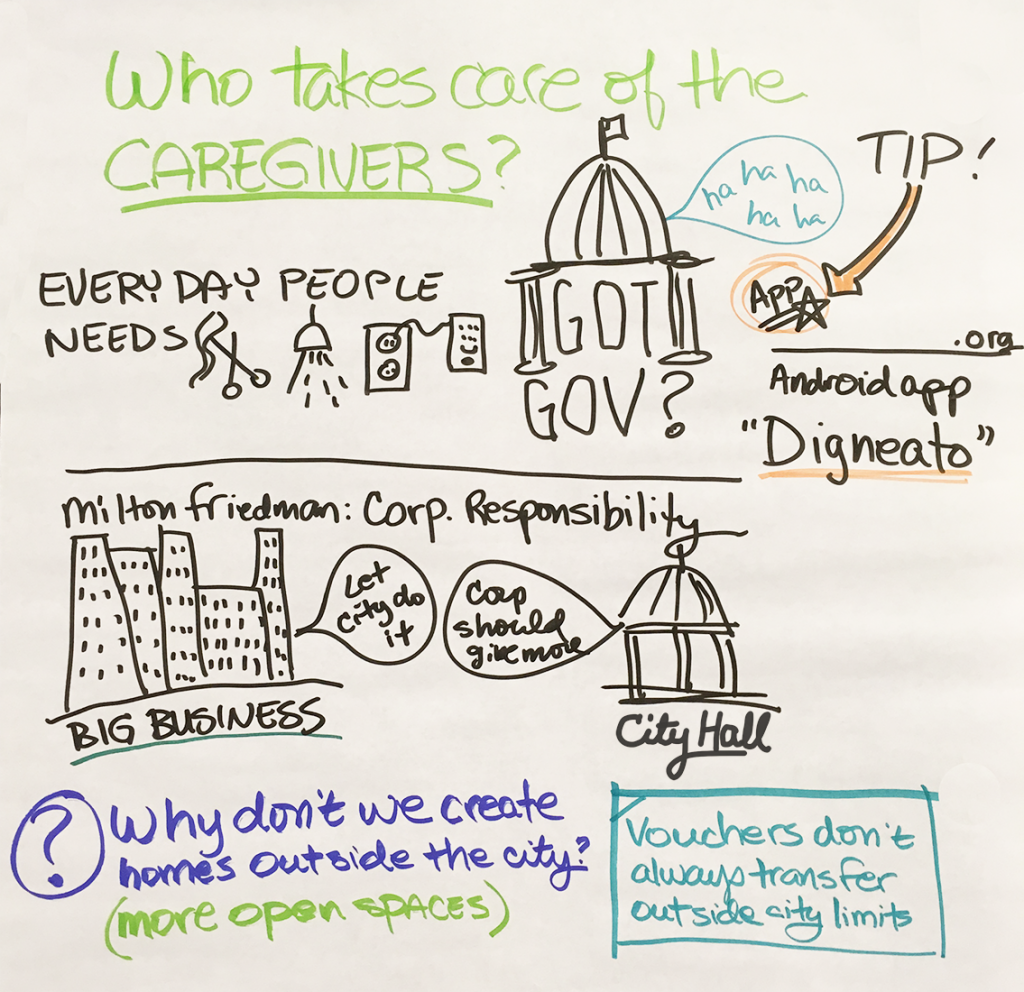
Practice radical hospitality - Kris from Lava Mae explained that their mobile units provide more than just a shower—they provide a chance for someone experiencing homelessness to be treated like a human being. Practicing radical hospitality, a philosophy embedded into Lava Mae’s mission is the idea that a warm towel, a meal break, and a kind ear can help someone feel seen and be a part of a community.
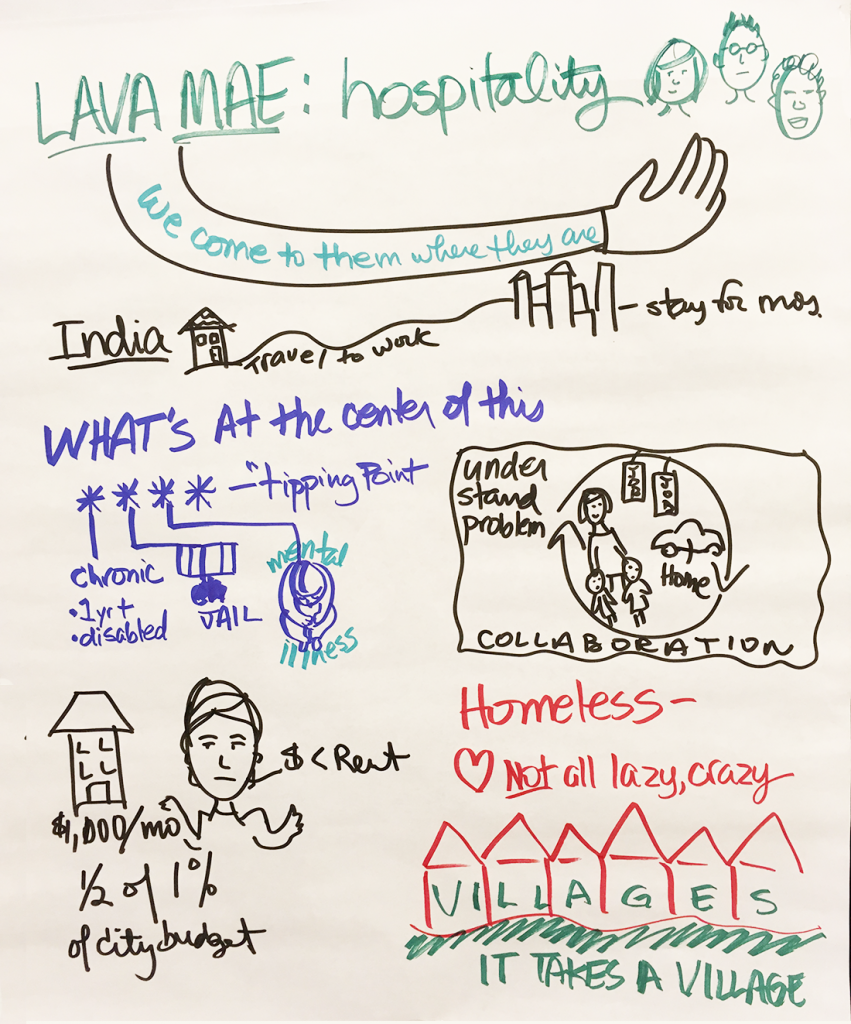
Holistic design means designing across all sectors of the problem - Design can scale seemingly unscalable problems and help people to imagine new possibilities. For a truly holistic design methodology, however, it needs to understand the complexity of the issue and address how a problem might span many different sectors with different stakeholders. That being said, small, everyday interactions can offer immediate support. For example, an app called Labre allows users to find free wifi, free chargers or a warm meal across the city or Moving On, a housing initiative, gives the proper counseling to those who want to transition out of federal housing.
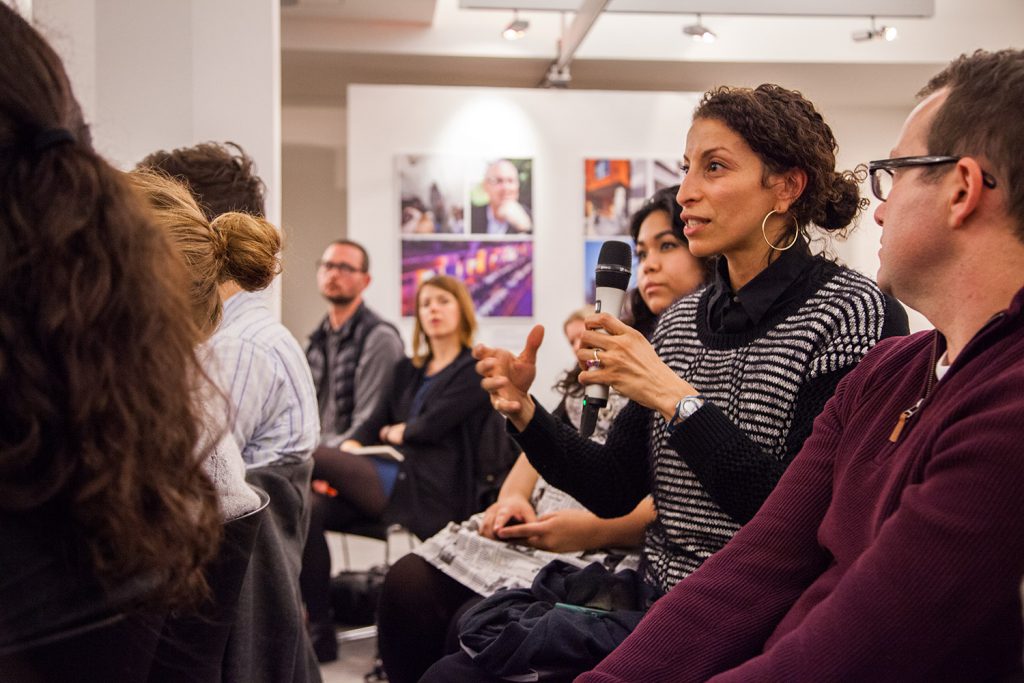
The problem is both complex and simple - While solving homelessness might seem like an impossible problem, it’s not as difficult as it may seem. Sometimes it’s as simple as housing people, as Salt Lake City recently learned when they launched an ambitious initiative to provide free homes to those without. (link) It’s also sometimes as simple as checking in with your neighbors; do they need dry socks, leftovers, hand warmers? Engagement and empathy can go a long way.
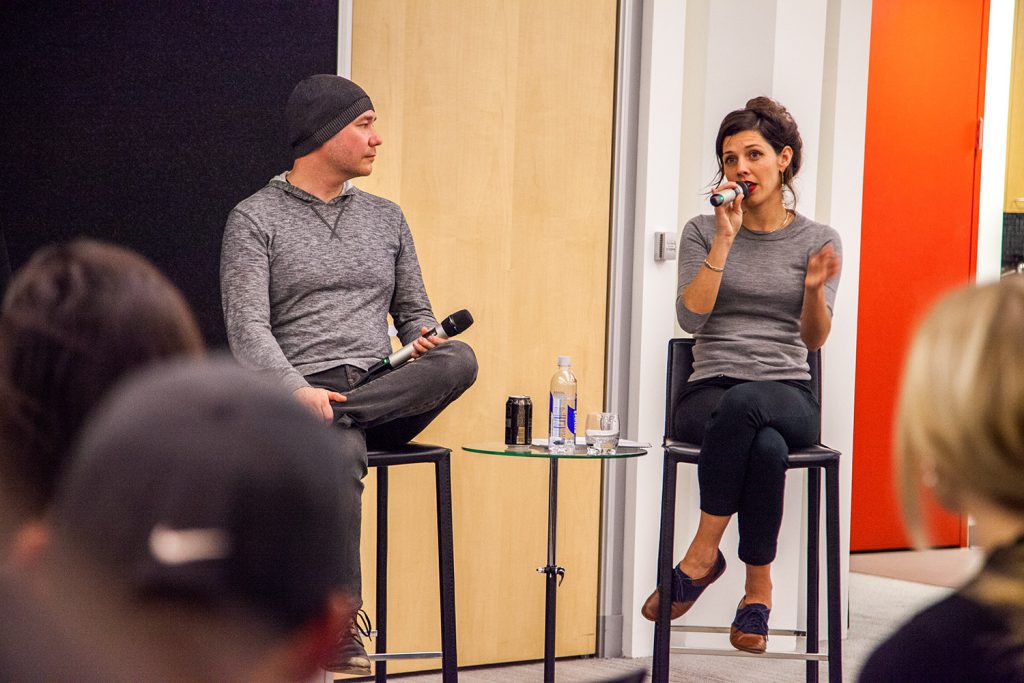
For those asking about next steps, SF Public Press is hosting a full day workshop on January 25th or for more involvement options e-mail getinvolved@aigasf.org with subject line Design Solutions to Address Homelessness.
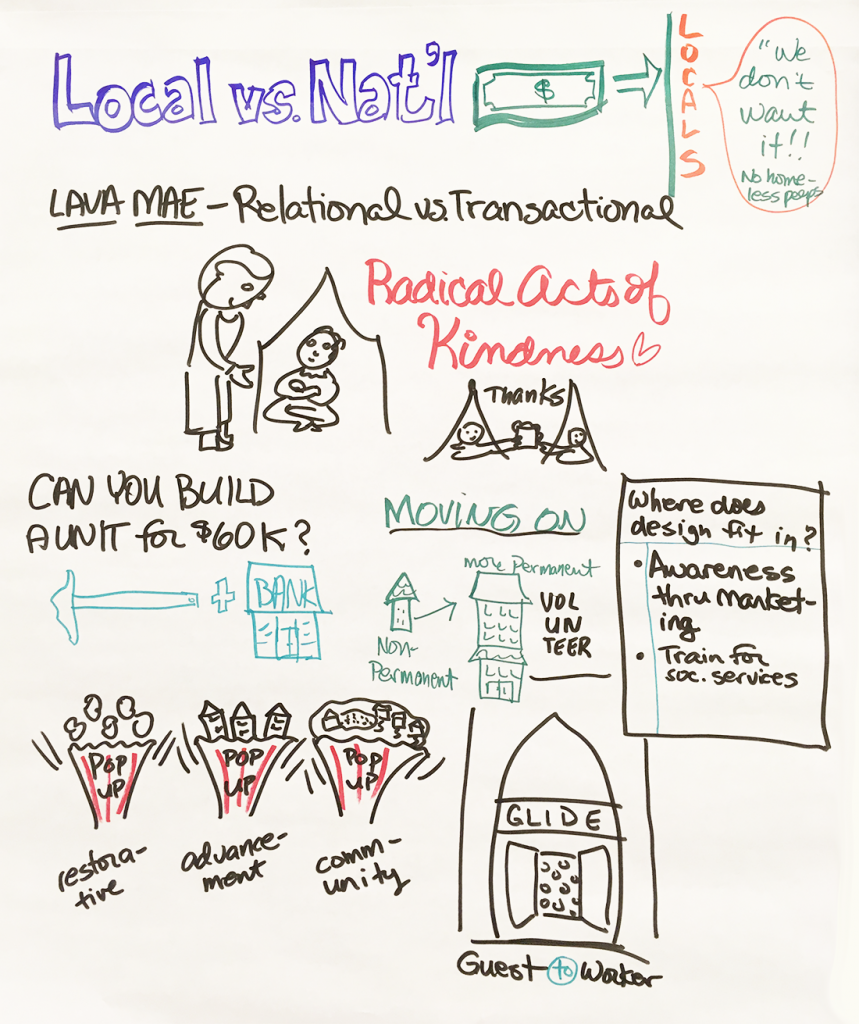
Big thanks to Libby Klitsch for the live drawings at the event and Matt Harris for the photos!

